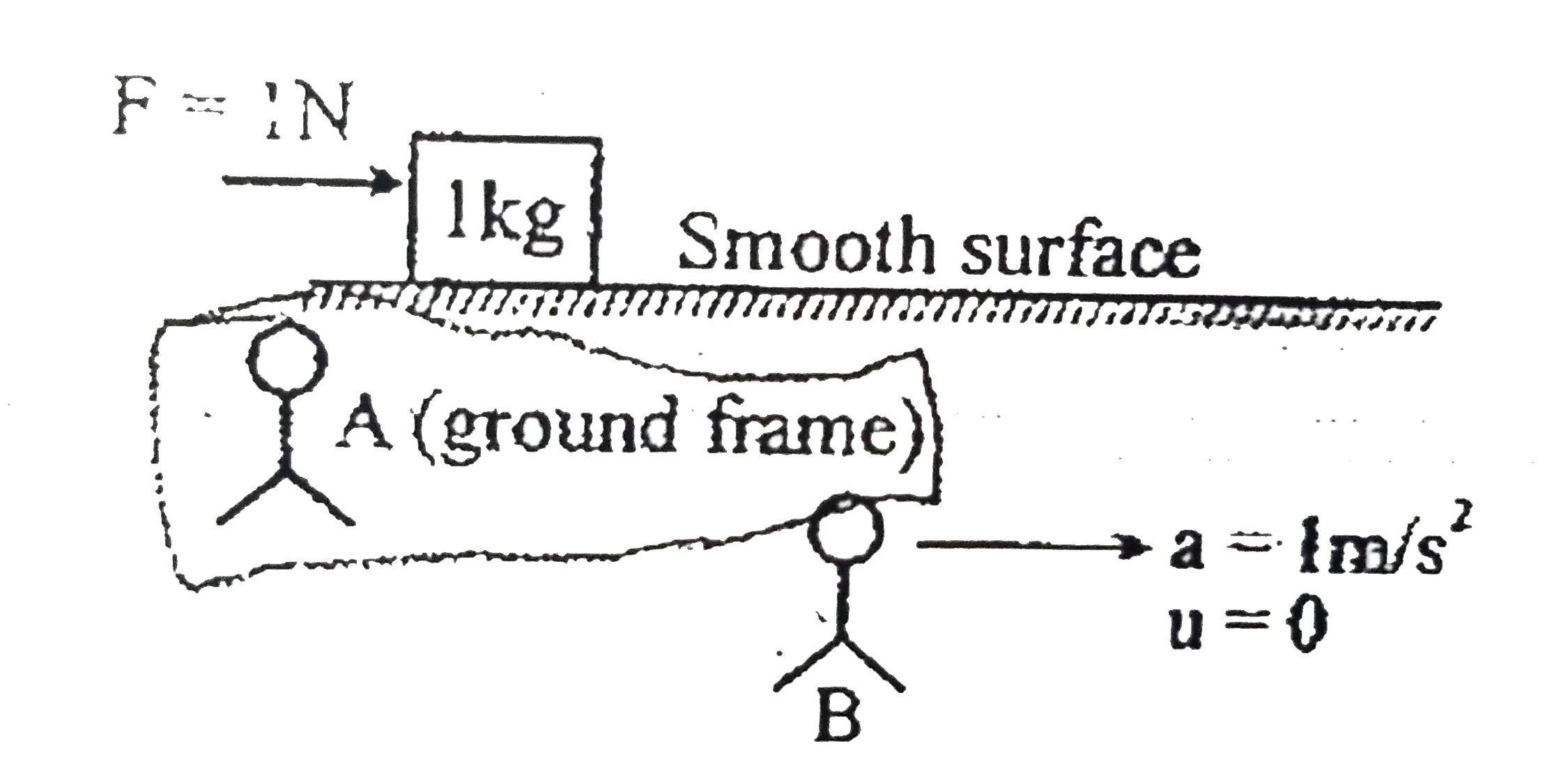In Fig frame S' has velocity 0.90c relative to frame S. An observer in frame S' measures two events as occurring at the following spacetime coordinates: event Yellow at (5.0m, 20ns) and event Green at (-2.0m, 4.5 ns). An observer in frame S wants to find the temporal separation between the events. (a) Which equation in Table 36-2 should be used? (b) Should +0.90c or -0.90c be substituted for v in the parentheses on the equation's right side and in the Lorentz factor ? What value should be substituted into the (c ) first and (d) second term in the parentheses?
The correct Answer is:(b) +0.90c; (c ) 25ns; (d) -7.0m
Topper's Solved these Questions
- RELATIVITYBOOK - RESNICK AND HALLIDAYCHAPTER - RELATIVITYEXERCISE - PROBLEMS
49 Videos
- RELATIVITYBOOK - RESNICK AND HALLIDAYCHAPTER - RELATIVITYEXERCISE - PRACTICE QUESTIONS (Single Corrrect Choice Type)
31 Videos
- RELATIVITYBOOK - RESNICK AND HALLIDAYCHAPTER - RELATIVITYEXERCISE - PRACTICE QUESTIONS (Integer Type)
5 Videos
- PHOTONS AND MATTER WAVESBOOK - RESNICK AND HALLIDAYCHAPTER - PHOTONS AND MATTER WAVESEXERCISE - PRACTICE QUESTIONS(Integer Type)
4 Videos
- RIGID BODY DYNAMICS - IBOOK - RESNICK AND HALLIDAYCHAPTER - RIGID BODY DYNAMICS - IEXERCISE - PRACTICE QUESTIONS (INTEGER TYPE))
3 Videos
Similar Questions
With what velocity (relative to the reference frame K) did the clock move, if during the time interval t=5.0s, measured by the clock of the frame K, it becomes slow by Δt=0.10s?
View SolutionInertial frame S' moves at a speed of 0.65c with respect to frame S (Fig. 36-11). Further, x=x'=0 at t=t'=0. Two events are recorded. In frame S, event 1 occurs at the origin at t = 0 and event 2 occurs on the x axis at x = 3.0 km at t = 4.0 μs. According to observer S', what is the time of (a) event 1 and (b) event 2? (c ) Do the two observers see the same sequence or the reverse?
View Solution
Knowledge Check
Two events occur simultaneously at separated points on the y axis of reference frame S. According to an observer moving in the positive x direction
AThe event with the greater y coordinate occurs firstBThe event with the greater y coordinate occurs lastCEither event might occur first, depending on the observer's speedDThe events are simultaneousTwo events occur simultaneously on the x axis of reference frame S, one at x = 0 and the other at x = +1. According to an observer moving in the positive x direction
AThe event at x = +1 occurs firstBThe event at x = 0 occurs firstCEither event might occur first, depending on the value of (a) and the observer's speedDThe events are simultaneousTwo events occur on the x axis separated in time by Δt and in space by Δx. A reference frame, traveling at less than the speed of light, in which the two events occur at the same time
AExists no matter what the values of Δx and ΔtBExists only if Δx/Δt<cCExists only if Δx/Δt>cDDoes not exist under any condition
the origins of the two frames coincide at t=t'=0 and the relative speed is 0.980c. Two micrometeorites collide at coordinates x = 100 km and t = 200 μs according to an observer in frame S. What are the (a) spatial and (b) temporal coordinate of the collision according to an observer in frame S'?
View SolutionA particle moves along the x' axis of frame S' with velocity 0.50c. Frame S' moves with velocity 0.80c with respect to frame S. What is the velocity of the particle with respect to frame S?
View SolutionTwo frame S1 and S2 are non-inertial. Then frame S2 when observed from S1 is inertial.
A frame in motion is not necessarily a non-inertial frame
View SolutionTwo frame S1 and S2 are non-inertial. Then frame S2 when observed from S1 is inertial.
A frame in motion is not necessarily a non-inertial frame
View SolutionAn observer A is at rest in gournd frame, observer B is moving with constant another observer C is moving with constant velocity of 1m/s.

View Solution
